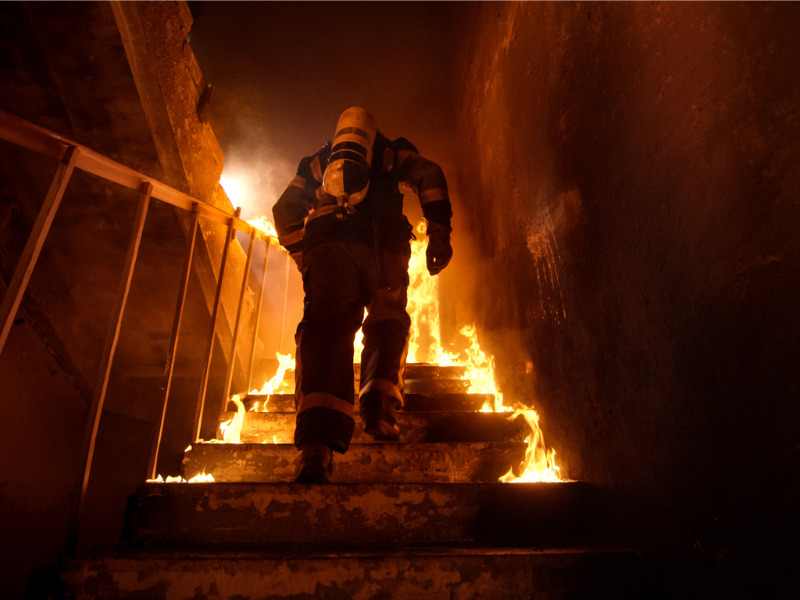First responders graduate from new Ontario First Nation fire program

A tribal council that represents five First Nations in northwestern Ontario says the first batch of local emergency medical responders from a new training program has graduated and will serve Pikangikum First Nation.
The Independent First Nations Alliance says it created its own training program for emergency responders to help the remote communities it represents respond to devastating fires, such as two in Pikangikum in the last seven years.
“As the community works toward healing, we at the Independent First Nations Alliance (IFNA), Pikangikum’s Tribal Council, have stepped up while the system catches up,” said Mathew Hoppe, the alliance’s CEO, wrote in a statement.
Pikangikum, located more than 500 kilometres north of Thunder Bay, Ont., has said it felt helpless after nine people died in a 2016 house fire and three more were killed in a blaze in the community in February this year.
In both cases, Pikangikum said it did not have trained first responders to fight the fires and community members did their best to help but eventually had to watch the homes burn.
iStock.com/shaunl
In the February fire, Pikangikum Chief Shirley Keeper said two fire trucks that could have helped douse the flames were frozen because the community does not have an adequate building to shelter the vehicles during extremely cold temperatures.
Keeper said Pikangikum now hopes the safer community that will result from having the local first responders will help honour the memories of those who died.
“Bureaucracy and jurisdiction challenges, as well as a lack of community resources, has delayed these efforts,” Keeper said in a written statement.
“Fire Services are a critical issue across many First Nation communities. We put our faith in those who are helping us recover from this tragedy.”
The first batch of graduates were honoured in Pikangikum First Nation last week.
The alliance said in a statement that Indigenous Services Canada is also working to help install smoke alarms in homes across the northwest area.
“Talks have resumed regarding the funding for a proper fire station and equipment to service the remote community of almost 4,000 people,” it added.
A 2021 Statistics Canada report commissioned by the National Indigenous Fire Safety Council found First Nations individuals living on reserves are about 10 times more likely to die in a fire than non-Indigenous Canadians.
In January, a 10-year-old girl died after a house fire on the Weenusk First Nation, a northern community in Peawanuck, Ont.
Several other Ontario communities have had to also grapple with deadly house fires over the past decade.
That includes Sandy Lake First Nation, where three children died in a fire in January 2022. Mishkeegogamang First Nation, meanwhile, lost four residents in 2014, including two young children.
Feature image by iStock.com/gorodenkoff







